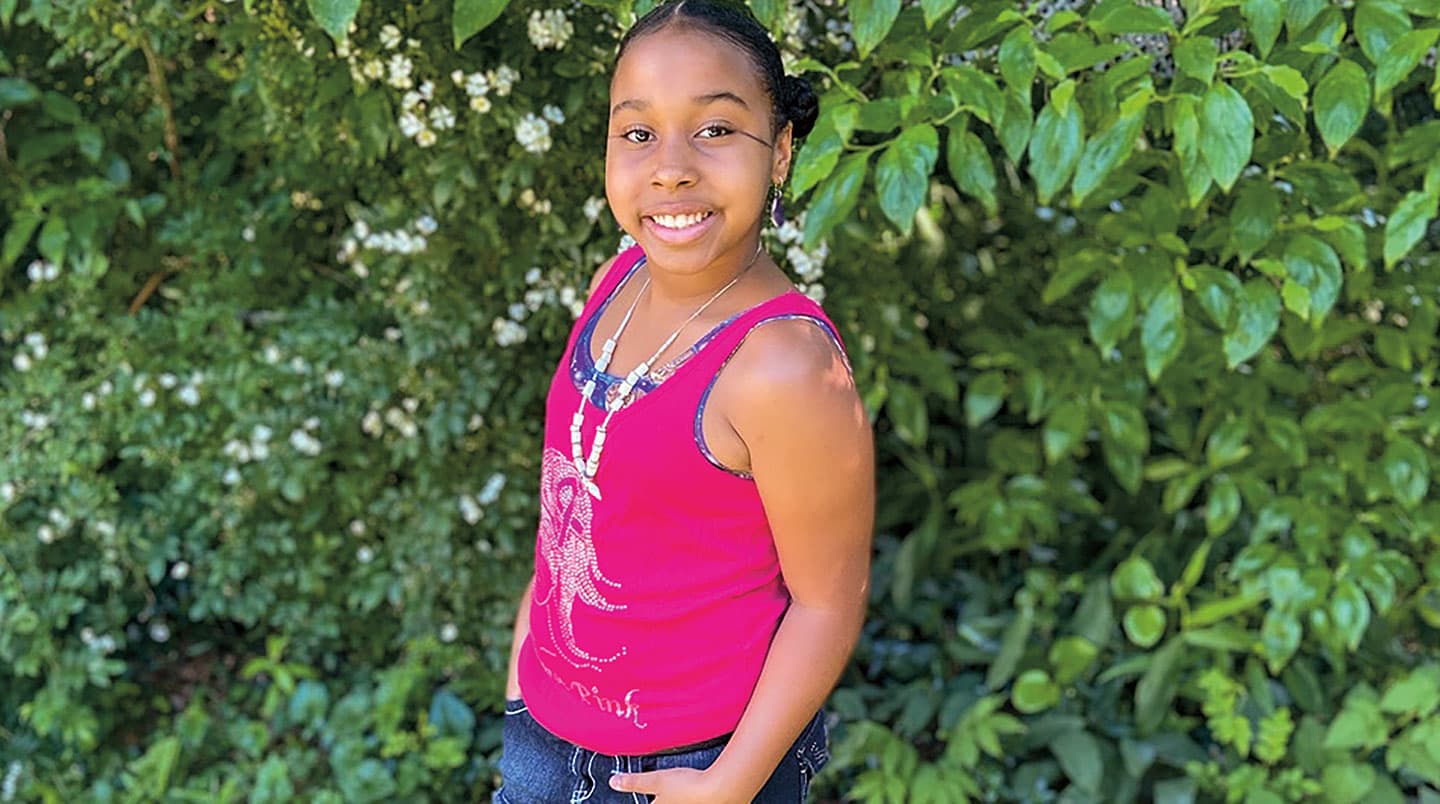In late November, people across the U.S. will celebrate Thanksgiving. But the holiday means something different to 14-year-old Storam Coombs. That’s because her ancestors were at what is often called the first Thanksgiving feast.
Storam is a member of the Wampanoag Nation. They were the first indigenous, or native, people to make contact with the Pilgrims. Without their help, Plymouth Colony might have failed.
But the history of the Wampanoag goes back much further than the arrival of the Mayflower in 1620. They have lived in what is now Massachusetts for more than 12,000 years.
“I feel proud to be Wampanoag,” Storam says.

